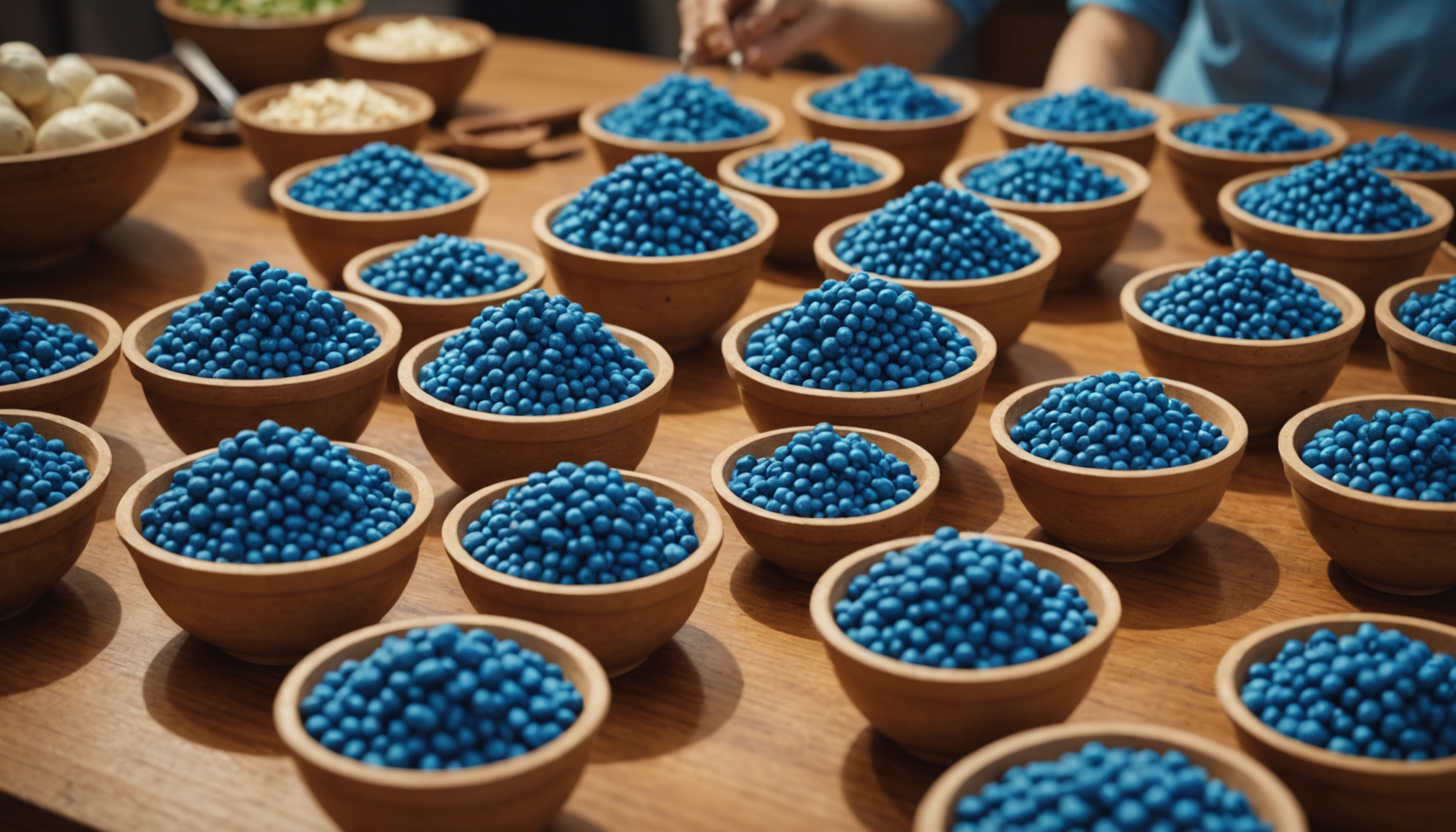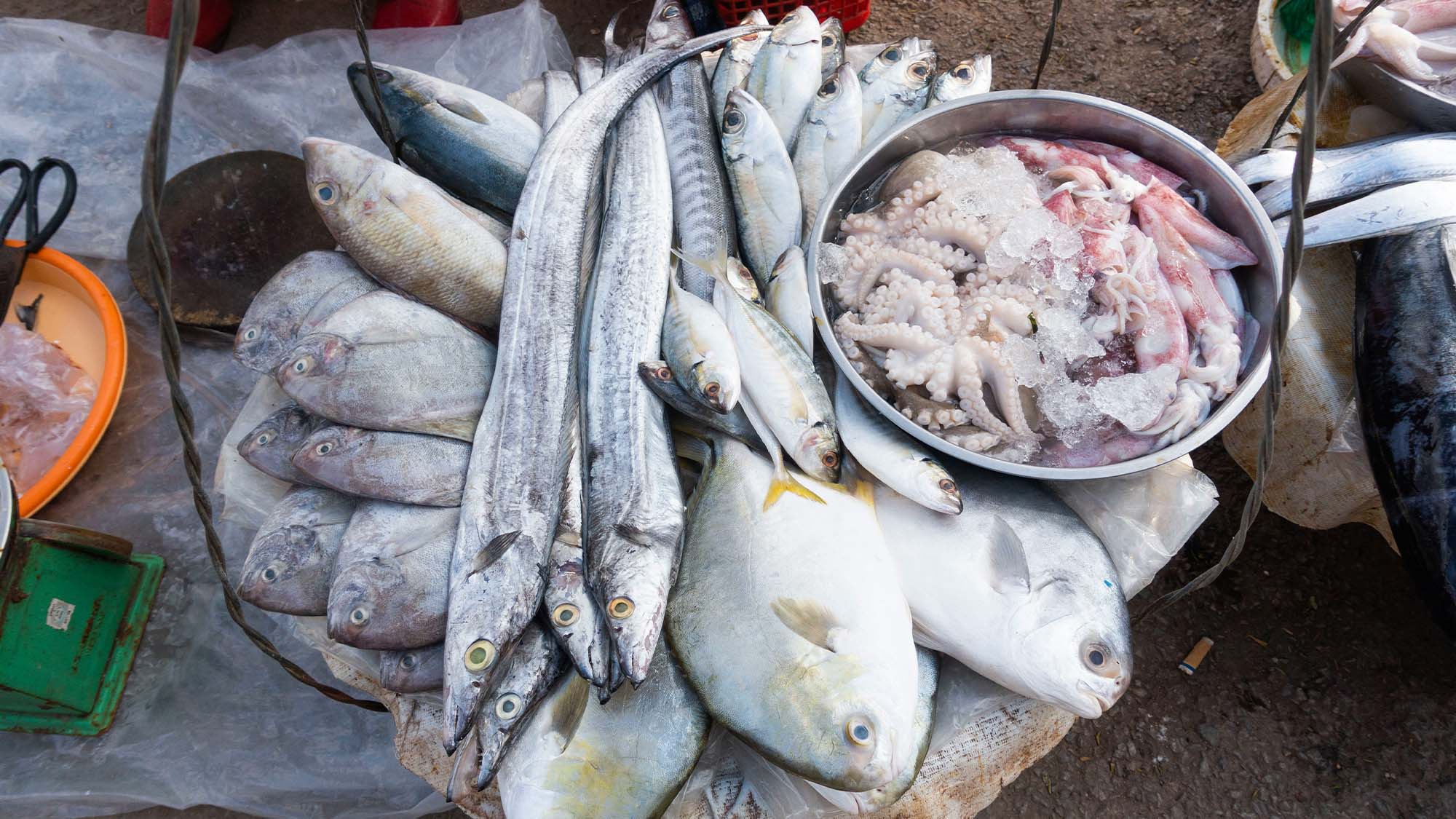
Report on Sustainable Blue Food Production and Its Role in Achieving Sustainable Development Goals

Introduction
Addressing malnutrition and food insecurity is a critical global challenge. Expanding the production of blue foods—including fish, seafood, and seaweed—offers a promising solution. However, this expansion must align with sustainable practices to support the United Nations Sustainable Development Goals (SDGs), particularly SDG 2 (Zero Hunger), SDG 3 (Good Health and Well-being), SDG 12 (Responsible Consumption and Production), and SDG 14 (Life Below Water).
Health and Nutritional Benefits of Blue Foods
Experts emphasize the nutritional advantages of blue foods compared to terrestrial meat sources:
- Blue foods provide comparable protein levels to land-based meats.
- They are rich in essential micronutrients such as vitamins, omega-3 fatty acids, zinc, and iron.
- Local cultivation of blue foods can enhance food security, especially when international trade is disrupted, as observed during the COVID-19 pandemic.
This aligns with SDG 3 by promoting good health and nutrition worldwide.
Environmental Considerations and Sustainability Challenges
While blue food production offers nutritional benefits, it poses environmental risks that must be managed to meet SDG 12 and SDG 14:
- Overfishing threatens marine biodiversity and ecosystem stability.
- Water pollution from aquaculture can degrade aquatic habitats.
- Habitat destruction impacts marine life and coastal communities.
Effective legislation and international collaboration are essential to mitigate these risks. As aquatic species do not adhere to national boundaries, cooperation from local to global levels is necessary to implement sustainable fisheries management.
Policy Recommendations and International Collaboration
- Governments should enact and enforce policies that promote sustainable fishing and aquaculture practices.
- Cross-border cooperation is vital to protect shared marine resources.
- Investment in research and development can support innovations in sustainable blue food production.
These actions contribute to achieving SDG 17 (Partnerships for the Goals) by fostering global partnerships.
Conclusion
Scaling up blue food production presents a viable pathway to combat hunger and improve nutrition globally. However, sustainability must remain central to this effort to ensure long-term benefits for human health and the environment. Aligning blue food production with the Sustainable Development Goals will be critical to addressing food insecurity while preserving marine ecosystems.
Further Reading
For more detailed information, refer to the article: Blue foods provide healthy haul to combat hunger — but scaling up could prove tricky.
1. Sustainable Development Goals (SDGs) Addressed
- SDG 2: Zero Hunger
- The article discusses addressing malnutrition and food insecurity by expanding sustainable production of blue foods (fish, seafood, seaweed), directly linking to ending hunger and improving nutrition.
- SDG 3: Good Health and Well-being
- Blue foods provide important micronutrients such as vitamins, omega-3 fatty acids, zinc, and iron, contributing to better human health and nutrition.
- SDG 14: Life Below Water
- The article emphasizes sustainable fishing practices to prevent overfishing, water pollution, and habitat destruction, which aligns with conserving marine ecosystems.
- SDG 17: Partnerships for the Goals
- The need for international collaboration and legislation to manage fisheries sustainably highlights the importance of partnerships at local to international levels.
2. Specific Targets Under the Identified SDGs
- SDG 2: Zero Hunger
- Target 2.1: End hunger and ensure access by all people to safe, nutritious, and sufficient food all year round.
- Target 2.2: End all forms of malnutrition, including achieving targets on stunted and wasted children under 5 years of age.
- SDG 3: Good Health and Well-being
- Target 3.4: Reduce premature mortality from non-communicable diseases through prevention and treatment, which includes improving nutrition.
- SDG 14: Life Below Water
- Target 14.4: Effectively regulate harvesting and end overfishing, illegal, unreported and unregulated fishing.
- Target 14.1: Prevent and significantly reduce marine pollution of all kinds.
- SDG 17: Partnerships for the Goals
- Target 17.16: Enhance the global partnership for sustainable development, complemented by multi-stakeholder partnerships.
3. Indicators Mentioned or Implied to Measure Progress
- Indicators for SDG 2
- Prevalence of undernourishment and malnutrition rates in populations.
- Availability and consumption levels of blue foods (fish, seafood, seaweed) at local and national levels.
- Indicators for SDG 3
- Micronutrient intake levels (vitamins, omega-3 fatty acids, zinc, iron) in populations.
- Health outcomes related to nutrition status.
- Indicators for SDG 14
- Fish stock levels and rates of overfishing.
- Water quality measures related to pollution from fisheries.
- Extent of habitat destruction in marine environments.
- Indicators for SDG 17
- Number and effectiveness of international agreements and collaborations on sustainable fisheries management.
- Legislative actions taken to support sustainable blue food production.
4. Table of SDGs, Targets, and Indicators
| SDGs | Targets | Indicators |
|---|---|---|
| SDG 2: Zero Hunger |
|
|
| SDG 3: Good Health and Well-being |
|
|
| SDG 14: Life Below Water |
|
|
| SDG 17: Partnerships for the Goals |
|
|
Source: hsph.harvard.edu






